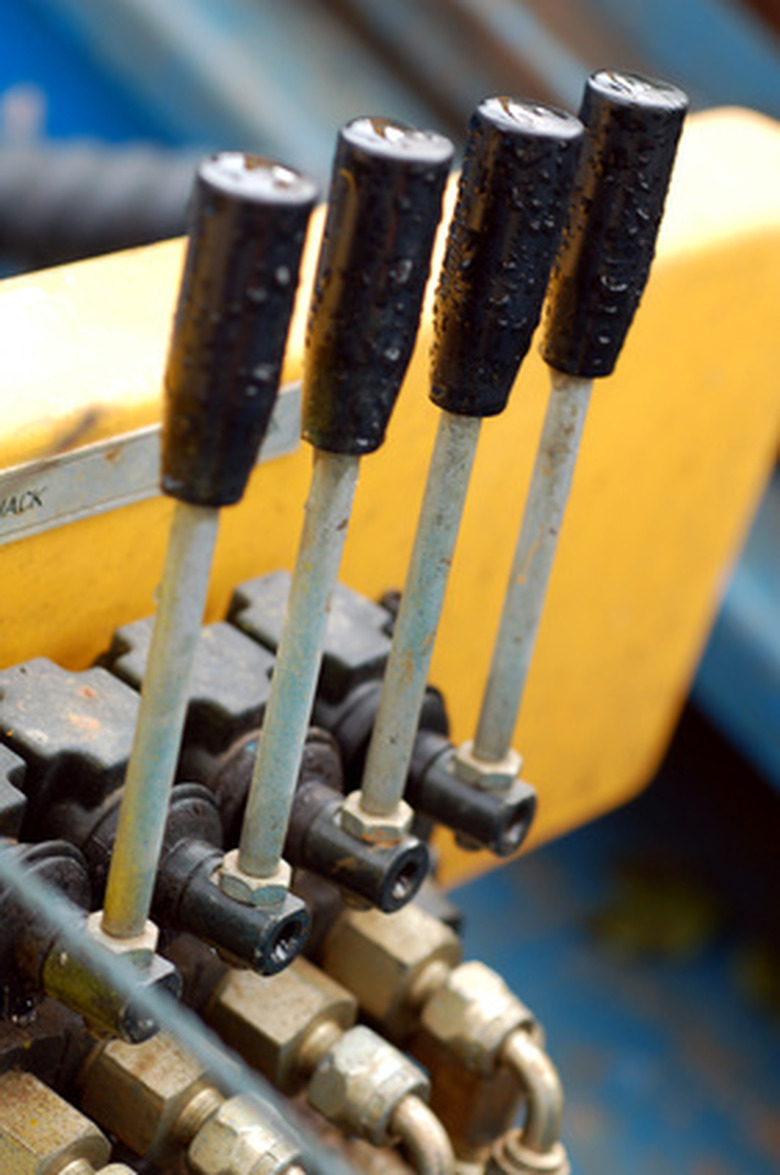How To Build A Hydraulic Cylinder
Hydraulic cylinders are an important industrial tool used in machinery, manufacturing, and a number of other functions. The basic design of a hydraulic cylinder has changed little over the years. Hydraulic cylinders have enormous push/pull power and can haul, dig, push, drill, and move heavy objects and materials. The work by exploiting the mechanics of pressure exerted on the piston. The force is equal to the surface area multiplied by pounds per square inch of pressure.
Things Needed
- Piston
- Cylinder
- Rod
- Nut
- Drive pipe
- "Butt"
Step 1
Fit the piston inside the cylinder. Secure a piston seal over the opening to prevent the pressure from bypassing to the other side.
Step 2
Attach the piston to the rod (or shaft) of the cylinder. Slide the rod through the piston and tighten down a large nut on the opposite end to secure it. With the rod passing through the piston and attached with a large nut on the opposite end. The rod is probably the hardest worked component in the whole system.
Step 3
Fit the drive pipe to the rod. The drive pipe should be made from galvanized steel, but high-grade PVC can also work.
Step 4
Extend the cylinder rod through the cylinder's gland (or "head"). This will secure the rod seals and wiper seals that prevents contamination from affecting the cylinder.
Step 5
Fasten the "butt" (on the cap end) to the cylinder. The particular type of attachment varies, but attachment points can include a clevis, cross tube, or tang.
Cite This Article
MLA
Ferris, David. "How To Build A Hydraulic Cylinder" sciencing.com, https://www.sciencing.com/how-7908959-build-hydraulic-cylinder/. 9 January 2018.
APA
Ferris, David. (2018, January 9). How To Build A Hydraulic Cylinder. sciencing.com. Retrieved from https://www.sciencing.com/how-7908959-build-hydraulic-cylinder/
Chicago
Ferris, David. How To Build A Hydraulic Cylinder last modified March 24, 2022. https://www.sciencing.com/how-7908959-build-hydraulic-cylinder/
